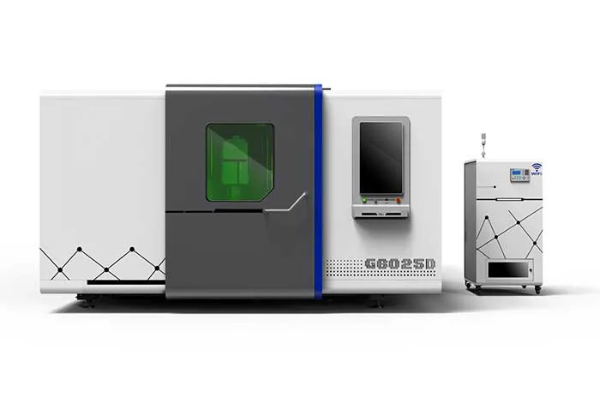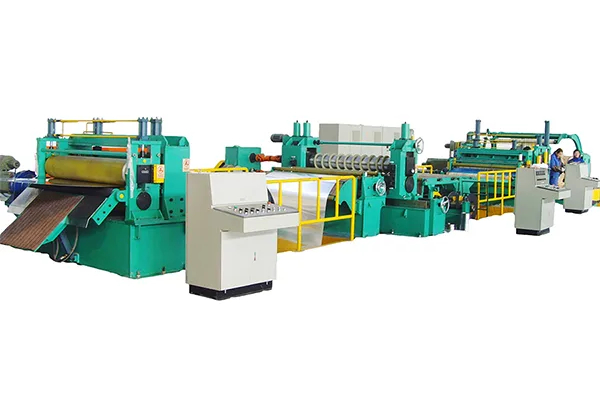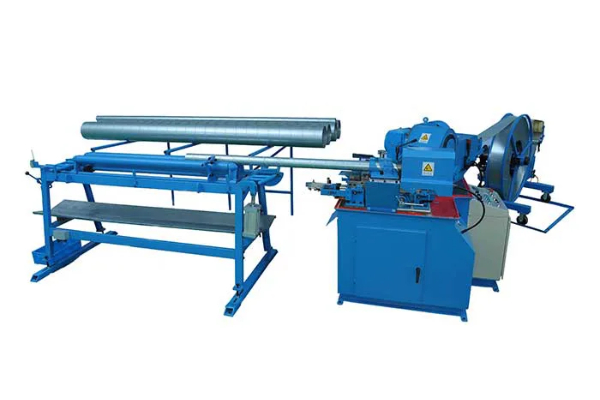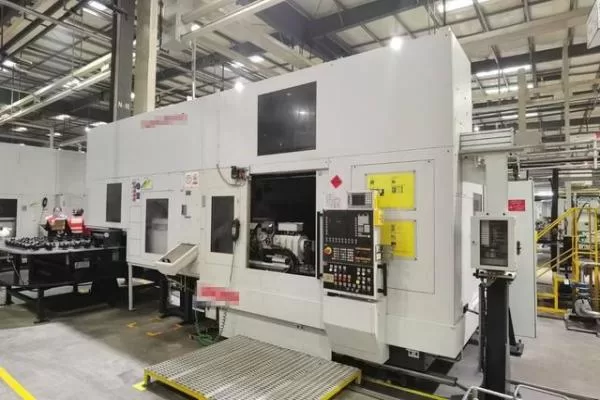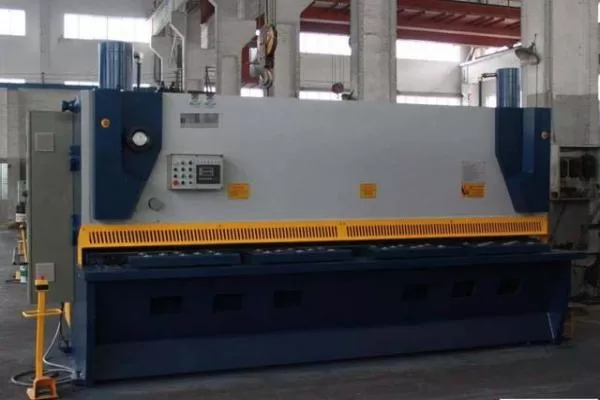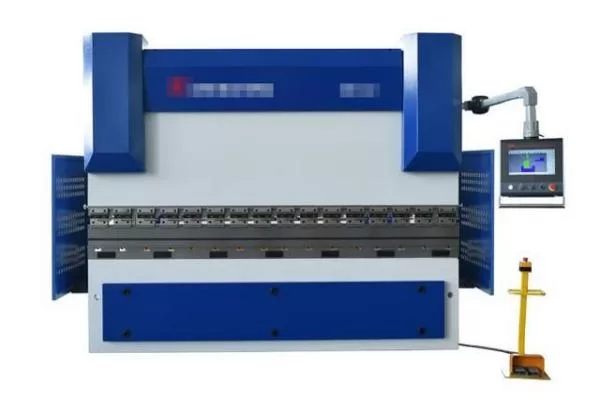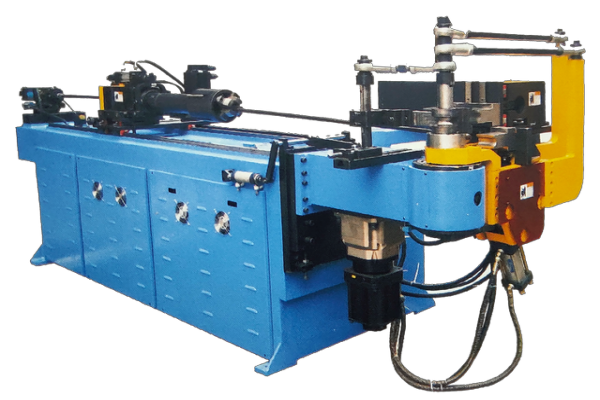
How to Troubleshoot and Fix Common Problems with Press Brake Bending Machines
- By:Metmac
- 2024-08-22
- 162
Common Problems with Press Brake Bending Machines
Press brake bending machines are essential tools in metal fabrication, but they can also experience common problems that can disrupt production and impact project timelines. Understanding how to troubleshoot and fix these issues effectively is crucial for maintaining optimal machine performance and preventing downtime.
Troubleshooting and Fixing Press Brake Problems
Hydraulic System Issues
– Hydraulic Leaks: Inspect all hydraulic hoses, pipes, and fittings for leaks. Tighten connections or replace faulty components as needed.
– Insufficient Hydraulic Pressure: Check the hydraulic pump and ensure it is generating adequate pressure. Inspect the hydraulic filter for clogging and replace if necessary.
– Hydraulic Cylinder Problems: Examine the hydraulic cylinders for damage or leaks. Test the cylinders for proper operation and adjust or repair as required.
Ram Alignment Issues
– Ram Skewing: Ensure that the ram is perpendicular to the bed and worktable. Adjust the ram alignment bolts or contact a qualified technician for precise calibration.
– Ram Binding: Check the ram guides and ways for any obstruction or damage. Clean or replace the guides as needed to ensure smooth ram movement.
– Ram Sagging: Inspect the ram for excessive wear or damage. Consider replacing the ram or its bearings to prevent bending problems.
Material Handling Problems
– Material Feeding Issues: Ensure that the material is aligned correctly and properly supported on the bed. Adjust the material stops or feed mechanism as necessary.
– Material Bending Defects: Check the material for any defects, such as cracks, dents, or inconsistencies in thickness. Adjust the bending parameters or use a different material if needed.
– Material Deformation: Inspect the forming tools and dies for damage or wear. Resharpen or replace the tools to ensure precise and consistent bending.
Electrical Control System Problems
– Power Loss: Check the main power supply and ensure it is properly connected. Inspect the electrical wiring and connections for any faults.
– PLC Faults: Examine the programmable logic controller (PLC) for any errors or malfunctions. Reset the PLC or contact the manufacturer for troubleshooting assistance.
– Safety Interlock Issues: Verify that all safety interlocks are functioning correctly. Clean the interlocks or replace them if necessary to prevent operator accidents.
Maintenance Best Practices
Regular maintenance is essential for preventing common problems and optimizing press brake performance. Adhere to the following maintenance recommendations:
– Lubricate all moving components regularly.
– Inspect hydraulic and electrical systems for leaks or damage.
– Check tool alignment and adjust as needed.
– Clean the machine thoroughly to remove debris and improve accuracy.
– Schedule regular inspections and servicing by a qualified technician.
-
High-Precision Solutions from Leading Sheet Metal Cutting Machine Manufacturers
2025/09/11 -
Reliable Sheet Metal Equipment for Sale to Support Precision Fabrication
2025/07/17 -
Advanced Duct Machine AC and Fabrication Solutions from Metmac
2025/07/12 -
The Advantages of Using a Sheet Roll Forming Machine in Manufacturing
2024/09/14
-
Precision and Performance: Advanced Sheet Metal Processing Solutions
2025/10/17 -
Advanced Sheet Metal Press, Shearing, and Forming Machines
2025/10/17 -
High-Performance Sheet Metal Laser Cutting Machines for Sale — Precision and Efficiency Combined
2025/10/17 -
Leading Sheet Metal Laser Cutting Machine Manufacturers for Precision Metal Processing
2025/10/17
-
A Guide to the Latest Innovations in Sheet Metal Folding Machines
2024/11/29 -
Key Features to Consider When Investing in a Sheet Metal Folding Machine
2024/11/28 -
Enhancing Precision with Advanced Sheet Metal Folding Machines
2024/11/27 -
How to Choose the Right Sheet Metal Folding Machine for Your Workshop
2024/11/26
